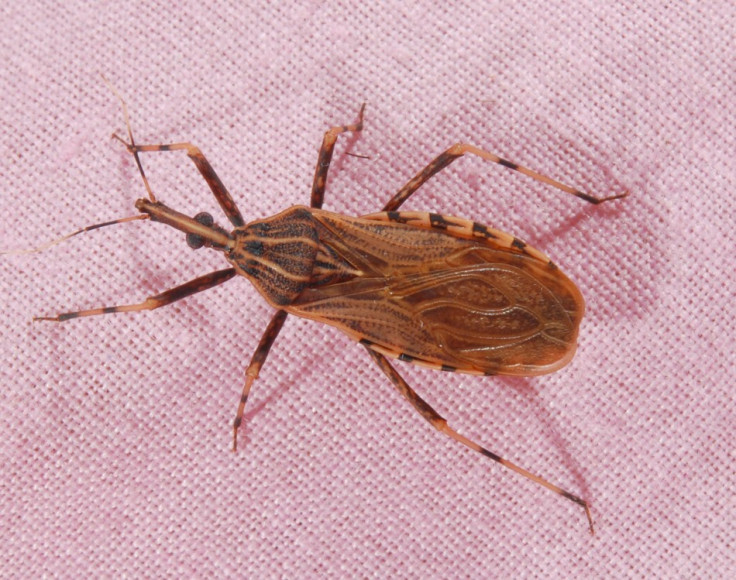Entomology: New species of assassin bug identified by accident

A test for accurate identification of a nymph of three assassin bugs has led to the discovery of a new species of assassin bug.
The new species named Sinea incognita is described in the Annals of the Entomological Society of America. There are around 150 known species of assassin bugs in the Americas.
Scientists had believed this species and S. complexa to be a single species that was found from California to Missouri and Illinois.
The main difference between it and its close relatives, the S. complexa and S. integra, is the size and shape of its front legs, reports ANI.
Dr JE McPherson, professor emeritus at Southern Illinois University, set off the accidental discovery when he asked colleagues to check their samples using the identification key he used for nymphs of three midwestern species of assassin bugs in the genus Sinea (i.e., S. complexa, S. diadema, and S. spinipes) in 2006.
In biology the identification key is a printed or computer-aided device that works much like a flow chart offering a fixed sequence of identification steps, each with multiple alternatives, the choice of which determines the next step.
Dr Scott Bundy from New Mexico State University found discrepancies in specimens that had been collected in New Mexico and identified as S. complexa.
The difference between the incognita and complexa, integra species lies in the femora of their front legs. The femur of S. incognita is big and round on one end, but is much narrower on the other, like a caveman's club.
The femur of S. complexa is similar, but the big end is not as large, making it look more like a baseball bat. The femur of S. integra is nearly the same size on both ends, making it look more like a stickball bat.
Habitat and prey
Once found only in tropical regions of the Americas, climate change and global warming have since pushed the assassin bugs further north. They are largely dark brown or black, and may have red dots and range in size from 10 to 25 mm.
Most members of the family live outdoors and prey on other insects. However, some suck blood from vertebrates, including humans, and transmit diseases.
An important member of this family is the kissing bug (Melanolestes picipes) which usually bites humans on the face around the mouth. Their bites spread the parasite that causes Chagas disease, a disorder that does damage to major organs and can be fatal.
The assassin bugs kill many garden pests including flies, mosquitoes, beetles and large caterpillars and are beneficial to farmers and gardeners.
© Copyright IBTimes 2025. All rights reserved.





















